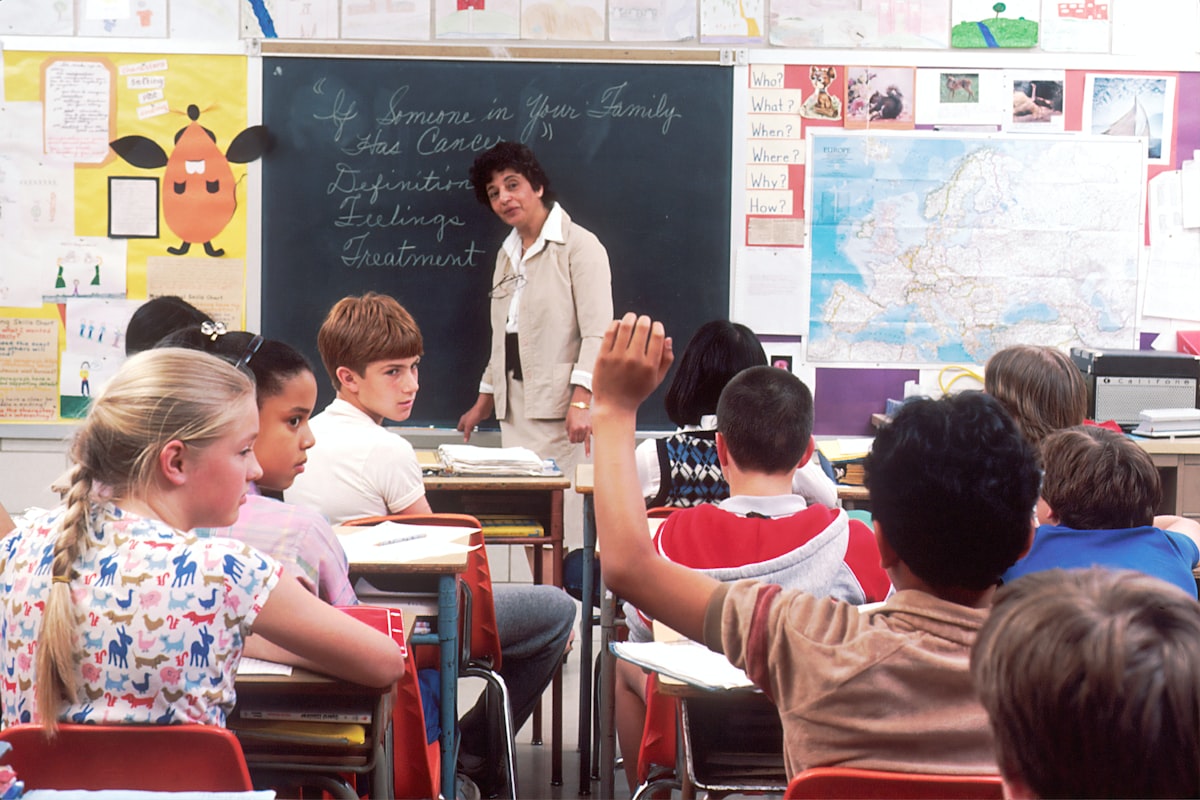The Negative Impact of High Teacher Turnover Rates on Students and Schools: What's Lost When a Teacher Leaves a School
When you are playing the game of catching up it’s hard to spend the time needed to improve teaching and school systems. This leads to burnout.

I’ve been around long enough in my building that I’ve celebrated a fair share of retirements. Each retirement has had an impact on the staff and students. It’s often the remaining staff that ends up keeping new teachers afloat while keeping up with their regular work. Many teachers that are newly hired decide to leave within their first two or three years which creates a continuous cycle of bringing people up to speed. When you are playing the game of catching up it’s hard to spend the time needed to improve teaching and school systems. This leads to burnout.
High teacher turnover rates can have negative effects on students, particularly those who need the most support. Teacher turnover can have a big impact because relationships with students and families are lost, and the connections that teachers have built with the community are gone. When a teacher leaves, relationships with students and families are broken, and the connections that teachers have built with the community are lost. Teacher turnover can create disruption and a significant financial cost for school districts.
To address this issue, improving working conditions, building strong communities, and preparing school leaders are crucial. Teachers need to have adequate planning time, competitive salaries, and other incentives such as student loan forgiveness and affordable housing to retain them. Encouraging teachers to collaborate, mentor, and coach others can also improve school climate, culture, and retention. It’s important to note that they need time in their school day to accomplish all of these things.
❤ Enjoy this Article?
🍵 Show Your Support, 🛍 Shop The Store, 👕 Buy Some Swag, 🤗 Share It



